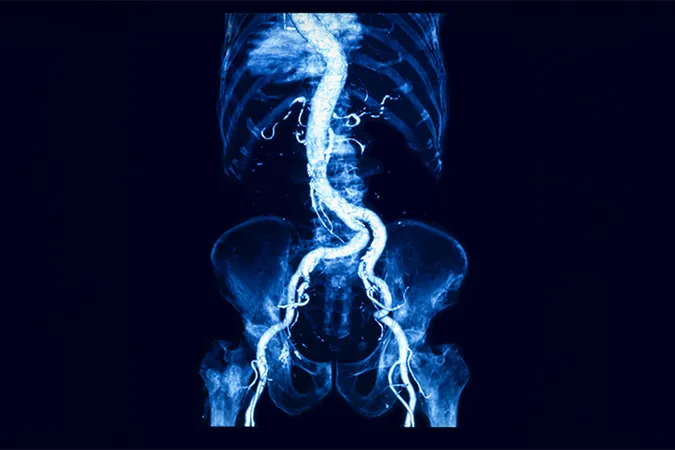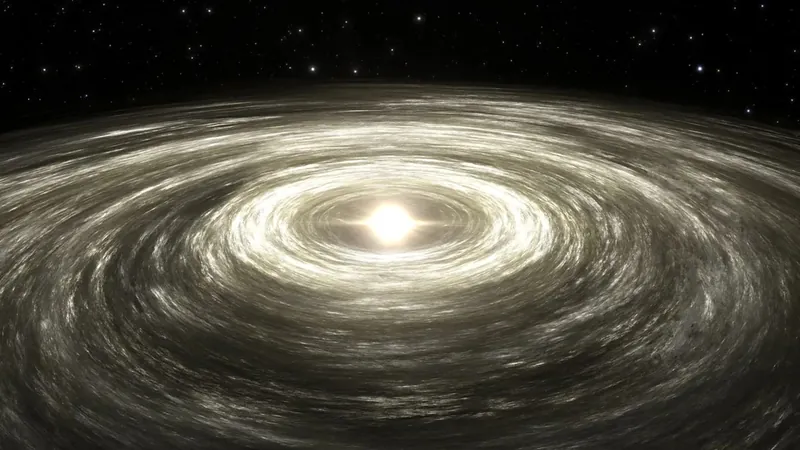
Revolutionary Nanostructures Could Transform Cloud Physics into Energy Solutions!
2025-07-08
Author: Emma
Obscured by Clouds: Unlocking Sunlight's Secrets
In a groundbreaking achievement, scientists from Finland and Germany have unveiled a game-changing nanostructure that mimics cloud properties, allowing for the unique ability to either cool or heat objects under sunlight. Published in the journal *Advanced Materials*, this innovation not only holds promise for energy efficiency but also for military applications such as thermal invisibility.
Harnessing Nature’s Coolness: The Science Behind Passive Cooling
This advanced technology plays on the natural cooling mechanisms observed in white clouds, which reflect sunlight rather than absorbing it. By minimizing thermal emissions and effectively shielding objects, these nanostructures allow for passive cooling, making it possible for heat to escape into the colder depths of space.
Crafting Clouds: The Metasurfaces That Mimic Nature
Led by Mady Elbahri from Aalto University, the researchers developed plasmonic metasurfaces designed to transform sunlight interaction. The process involved layering silver nanoparticles on silicon under controlled conditions to optimize light scattering, essentially recreating cloud effects on a nanoscale.
From White to Gray: The Color of Efficiency
To simulate the impact of gray clouds—which absorb rather than reflect light—the team added a layer of plasmonic nanocomposite containing copper nanoparticles. This innovation shifted the metasurface from reflecting sunlight to absorbing it, demonstrating significant temperature variation: a chill of 10°C with the white mimic, and a surprising 10°C heat increase when mimicking gray clouds!
Towards a Sustainable Future: Applications and Next Steps
This cutting-edge technology paves the way for adaptive coatings in buildings, solar energy systems, textiles, and even military applications like thermal camouflage. Elbahri and his team aim to develop a smart device that can transition between the white and gray states, potentially transforming energy management and efficiency as we know it.
Stability Meets Innovation: Real-World Physics in Action
Remarkably, the efficiency of their white sample showed only slight degradation over time, while the gray sample retained its performance, marking it as a stable solution for future applications. As scientists continue to explore these possibilities, the implications for energy efficiency and environmental sustainability are vast.









 Brasil (PT)
Brasil (PT)
 Canada (EN)
Canada (EN)
 Chile (ES)
Chile (ES)
 Česko (CS)
Česko (CS)
 대한민국 (KO)
대한민국 (KO)
 España (ES)
España (ES)
 France (FR)
France (FR)
 Hong Kong (EN)
Hong Kong (EN)
 Italia (IT)
Italia (IT)
 日本 (JA)
日本 (JA)
 Magyarország (HU)
Magyarország (HU)
 Norge (NO)
Norge (NO)
 Polska (PL)
Polska (PL)
 Schweiz (DE)
Schweiz (DE)
 Singapore (EN)
Singapore (EN)
 Sverige (SV)
Sverige (SV)
 Suomi (FI)
Suomi (FI)
 Türkiye (TR)
Türkiye (TR)
 الإمارات العربية المتحدة (AR)
الإمارات العربية المتحدة (AR)